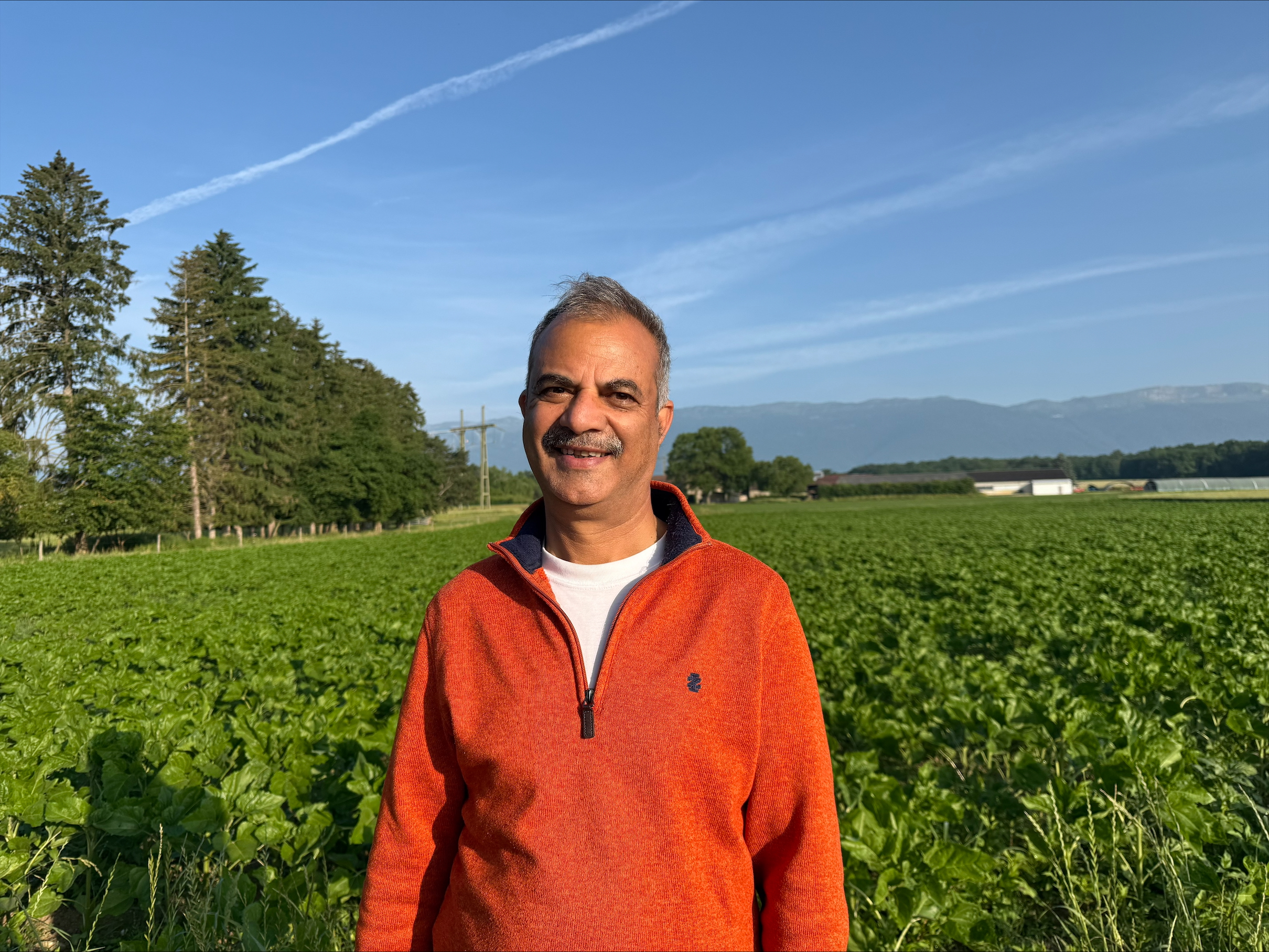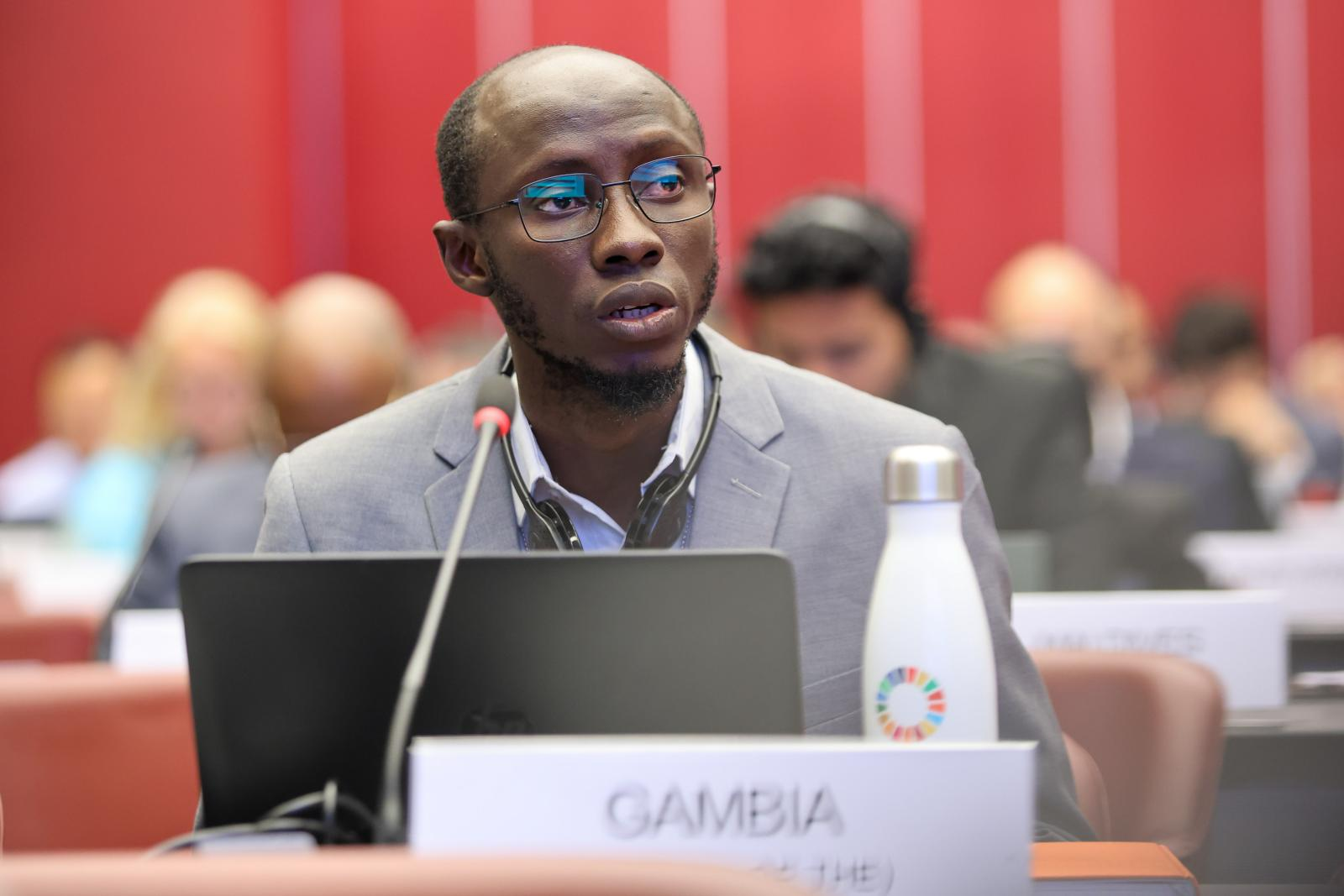The blog is written following an interview with Mr. Suman Sharma, Program Officer for Technical Assistance at BRS Secretariat/UNEP, as part of a Series of NIP Dialogues under the Global NIP Update project (GEF ID 10785), funded by GEF and led by UNEP.
NIP Dialogue Series – Voices from the Countries
In a wide-ranging conversation with Mr. Suman Sharma, Programme Management Officer at the BRS Secretariat, we unpacked the complex landscape surrounding the development, review, and update of National Implementation Plans (NIPs) under the Stockholm Convention on Persistent Organic Pollutants (POPs). Drawing on over 18 years of experience working with Parties, Mr. Sharma offers a nuanced perspective on persistent bottlenecks, capacity gaps, and the systemic improvements needed to ensure NIPs evolve from compliance tools into dynamic, country-owned strategies.
Understanding the Barriers: Capacity, Priorities, and Awareness
Despite the legal obligation under the Stockholm Convention, many Parties still struggle to develop or meaningfully update their National Implementation Plans. Mr. Sharma attributes this to a complex mix of technical, financial, institutional, and political challenges. Often, ministries of environment lack the technical expertise to conduct updated inventories—particularly for newly listed POPs—and may be unaware of emerging chemicals in use within key sectors such as agriculture, construction, and textiles.
Yet even when technical experts do exist within national borders—often in universities or specialized research institutions, they are underutilized. Mr. Sharma reflects on his own experience working in a national ministry, where the consultants were repeatedly hired for NIP work, while valuable in-country knowledge held by academics remained untapped and disconnected from the policymaking process. Compounding the issue is the perennial challenge of financial resources. While Secretariat can connect Parties with potential funding opportunities, and the Global Environment Facility (GEF) offers a funding window, many countries face hurdles in preparing proposals or may be ineligible altogether. In such contexts, chemical management is often deprioritized in favor of more politically salient issues such as poverty alleviation or economic development.
But as Mr. Sharma stresses, at the root of this deprioritization lies a deeper issue: low public awareness. Persistent Organic Pollutants, though hazardous, are not easily visible to the public eye. Without media attention or community engagement, they rarely feature on the political agenda. In his view, this is precisely why National Implementation Plans must be developed through a more participatory and inclusive process, bringing on board not just government officials, but also journalists, NGOs, academics, and community representatives.
"Unless people are aware, nothing really happens. It has to be a process that builds understanding and demand from the ground up."
The political will to act on POPs will emerge only when the public understands the risks and demands accountability. In that sense, the success of a NIP is not merely a technical exercise—it is a test of national awareness, stakeholder integration, and policy ownership.
The Role of the Secretariat and Regional Centres: Catalysts for Coordination
While the BRS Secretariat cannot directly assist countries in developing their NIPs, it plays a vital facilitative role. Mr.Sharma explains that the Secretariat can connect Parties with GEF implementing agencies such as UNEP, UNIDO, UNDP, or others, helping bridge the gap between need, expertise and if possible resources.
Equally critical are the Basel and Stockholm Convention Regional Centres, which function as technical arms in their respective regions. Mr.Sharma emphasizes their importance not just in delivering technical assistance, but also in understanding regional context—cultural, linguistic, and economic. These centres engage with Parties during their work planning cycles to identify national needs and can provide tailored support, including POPs monitoring and analysis, and outreach assistance. Some centres are embedded in academic or research institutions, adding an extra layer of scientific expertise. Many are now working as executing partners under GEF-funded projects, actively helping countries update and implement their NIPs.
What Makes a NIP Meaningful
Not all NIPs are developed in the same way. Mr. Sharma draws a clear distinction between those that remain formalities and those that inform real policy and practice. The difference, he argues, lies in broad and early stakeholder engagement:
"If a NIP involves academic universities, NGOs, research groups, private entities, and relevant ministries—not just the environment ministry—it becomes a living document."
Successful NIPs reflect a country’s real context and challenges. By involving academia, countries can access new data and research. NGOs and journalists, meanwhile, help to disseminate critical messages to the public. Mr. Sharma recalls examples where journalists and legal institutions contributed to shaping policy outcomes by building public support for regulatory change.
This reinforces the idea that NIPs must not be exclusively top-down documents. For national policies to reflect people’s interests, those people must first understand the risks and demand action. Awareness is a necessary precursor to political will, and NIPs are unlikely to be implemented without it.
Rethinking Guidance and Outreach: Making POPs Information Accessible
A key insight from the interview is the importance of translating technical guidance into accessible formats. While technical inventory guidelines exist, they often target chemists or engineers, leaving out sectoral actors like construction workers, transport officials, or small business owners. Mr. Sharma points to the potential of platforms like GGKP and other partners to repackage these materials into user-friendly, sector-specific formats that resonate with non-specialists.
"Circular economy, life-cycle thinking, and sectoral approaches are the future. If you target a sector, you capture all relevant POPs—not just one chemical at a time."
Looking Ahead: Building Future-Ready and Inclusive NIPs
As the number of listed POPs under the Stockholm Convention continues to grow, Mr. Sharma highlights the need for countries to adopt approaches that are not only technically robust, but also sustainable and inclusive. A shift toward sectoral approaches—addressing chemicals by economic activity rather than by substance—offers a way to future-proof NIPs. For instance, by targeting the agricultural, construction, or transport sectors, countries can embed policies that remain relevant even as new chemicals are added to the Convention.
Moreover, Mr. Sharma stresses the need to cultivate and rely on national expertise. Governments should make greater efforts to identify and engage local professionals in academia, research institutions, and even civil society, many of whom are already working on POPs-related issues but remain disconnected from official NIP processes. In doing so, countries build long-term, in-country capacity rather than relying solely on external consultants.
Inclusiveness is another key principle. The development of a NIP should not be an isolated government task. It must draw upon the collective input of various ministries, journalists, NGOs, private sector actors, and the public. Awareness-raising plays a critical role here: for policy to be meaningful and politically relevant, people must first understand why POPs matter and demand solutions.
Finally, Mr. Sharma calls for greater synergy across environmental conventions. By aligning efforts under the Stockholm Convention with those of Basel, Rotterdam, Minamata, and even climate-related agreements, countries can mobilize broader support and foster cross-sectoral learning. This interconnected approach ensures that NIPs are not just compliant documents, but strategic frameworks that strengthen national chemicals governance.
A Call for Sustained Commitment
Mr. Sharma’s reflections remind us that the success of the Stockholm Convention relies not just on compliance, but on collaboration, innovation, and inclusion. As Parties prepare for new POPs listings and face growing technical complexity, the NIP process must evolve. With enhanced coordination, deeper national ownership, and better communication and outreach approaches, NIPs can move from static reports to dynamic instruments of change.
The Secretariat, regional centres, UNEP, and knowledge platforms like GGKP have vital roles to play—but ultimately, it is national commitment, stakeholder inclusion, and adaptive thinking that will shape the future of chemicals governance
From championing National Implementation Plans to strengthening regional partnerships, Mr. Sharma’s impact will be long remembered. GGKP extends its deepest appreciation and wishes him joyful and fulfilling days ahead. As he turns the page to a new chapter beyond the Secretariat, we hope it brings him continued purpose, well-deserved rest, and meaningful moments in equal measure.
To watch the full interview, please follow this link: Series of NIP Dialogues. 18 Years on the Frontlines of the Stockholm Convention
To learn more about the Global NIP Update project, visit Global NIP Update | Green Policy Platform



